Bridget María Chesterton - The Grandchildren of Solano López: Frontier and Nation in Paraguay, 1904–1936
Here you can read online Bridget María Chesterton - The Grandchildren of Solano López: Frontier and Nation in Paraguay, 1904–1936 full text of the book (entire story) in english for free. Download pdf and epub, get meaning, cover and reviews about this ebook. City: Albuquerque, year: 2013, publisher: University of New Mexico Press, genre: History. Description of the work, (preface) as well as reviews are available. Best literature library LitArk.com created for fans of good reading and offers a wide selection of genres:
Romance novel
Science fiction
Adventure
Detective
Science
History
Home and family
Prose
Art
Politics
Computer
Non-fiction
Religion
Business
Children
Humor
Choose a favorite category and find really read worthwhile books. Enjoy immersion in the world of imagination, feel the emotions of the characters or learn something new for yourself, make an fascinating discovery.

- Book:The Grandchildren of Solano López: Frontier and Nation in Paraguay, 1904–1936
- Author:
- Publisher:University of New Mexico Press
- Genre:
- Year:2013
- City:Albuquerque
- Rating:5 / 5
- Favourites:Add to favourites
- Your mark:
The Grandchildren of Solano López: Frontier and Nation in Paraguay, 1904–1936: summary, description and annotation
We offer to read an annotation, description, summary or preface (depends on what the author of the book "The Grandchildren of Solano López: Frontier and Nation in Paraguay, 1904–1936" wrote himself). If you haven't found the necessary information about the book — write in the comments, we will try to find it.
Paraguays Chaco frontier, one of the least known areas in one of the least known countries in South America, became the unexpected scene of the bloodiest international war in the Americas, the Chaco War between Paraguay and Bolivia (193235).
A picture postcard from the Chaco War era shows a large heart, emblazoned with the word Paraguayo, pumping its way through the flat dusty wilderness of the Chaco and leaving a zigzag trail of smashed Bolivian forts and soldiers along the way. This visual propaganda shows why the Paraguayans were sure they would win the war: they were brave, passionate soldiers. They considered themselves invincible descendants of the great hero of the War of the Triple Alliance (186470), Marshal Francisco Solano Lpez (El Mariscal).
But Solano Lpez was not universally revered. A controversial figure, he was widely believed to have led Paraguay into economic, social, and cultural ruin. The debate over Lpezs actions shaped the countrys culture and politics for over a century after the War of the Triple Alliance. Bridget Mara Chestertons in-depth examination of Paraguays unique nationalism and the role of the frontier in its formation places the debate over Lpez in the context of larger themes of Latin American history, including racial and ethnic identity, authoritarian regimes, and militarism.
Bridget María Chesterton: author's other books
Who wrote The Grandchildren of Solano López: Frontier and Nation in Paraguay, 1904–1936? Find out the surname, the name of the author of the book and a list of all author's works by series.


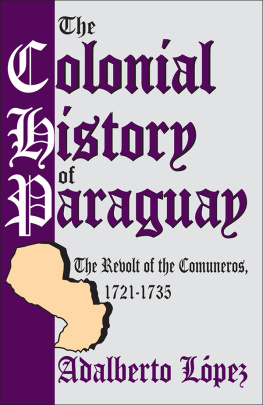
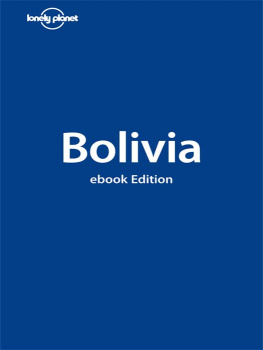
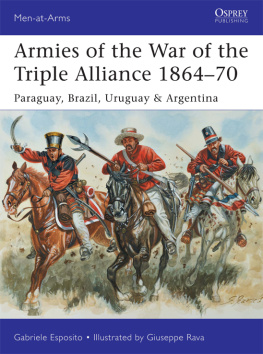
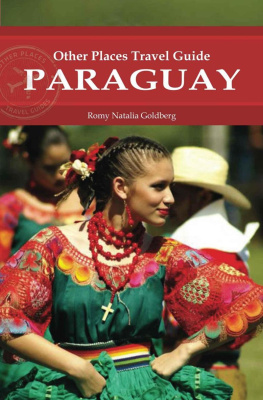
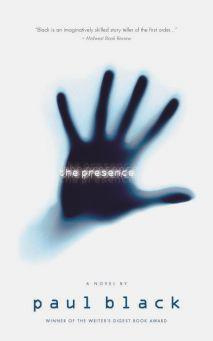






 AS I TELL MY STUDENTS every semester, the writing of history does not happen without a community who supports, encourages, teaches, inspires, and evaluates. This book is no exception. An international array of family, colleagues, and friends contributed their expertise and assistance to this project. The network of contributors spans the globe: from Asuncin, Paraguay, to Long Island, New York; from Athens, Georgia, to Cologne, Germany; and from Toronto, Canada, to Crdoba, Argentina.
AS I TELL MY STUDENTS every semester, the writing of history does not happen without a community who supports, encourages, teaches, inspires, and evaluates. This book is no exception. An international array of family, colleagues, and friends contributed their expertise and assistance to this project. The network of contributors spans the globe: from Asuncin, Paraguay, to Long Island, New York; from Athens, Georgia, to Cologne, Germany; and from Toronto, Canada, to Crdoba, Argentina.